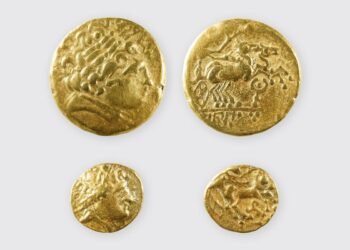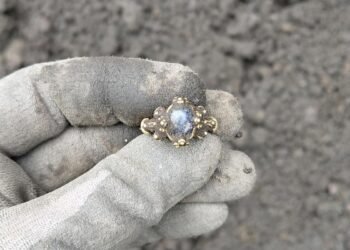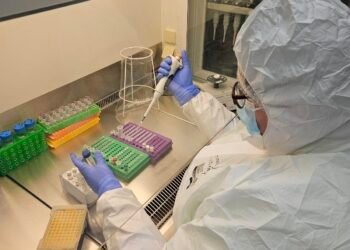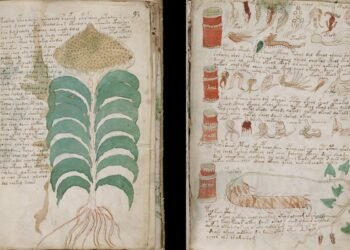A recent study suggests that Neanderthals and anatomically modern humans, or Homo sapiens, engaged in interbreeding much earlier than previously believed.
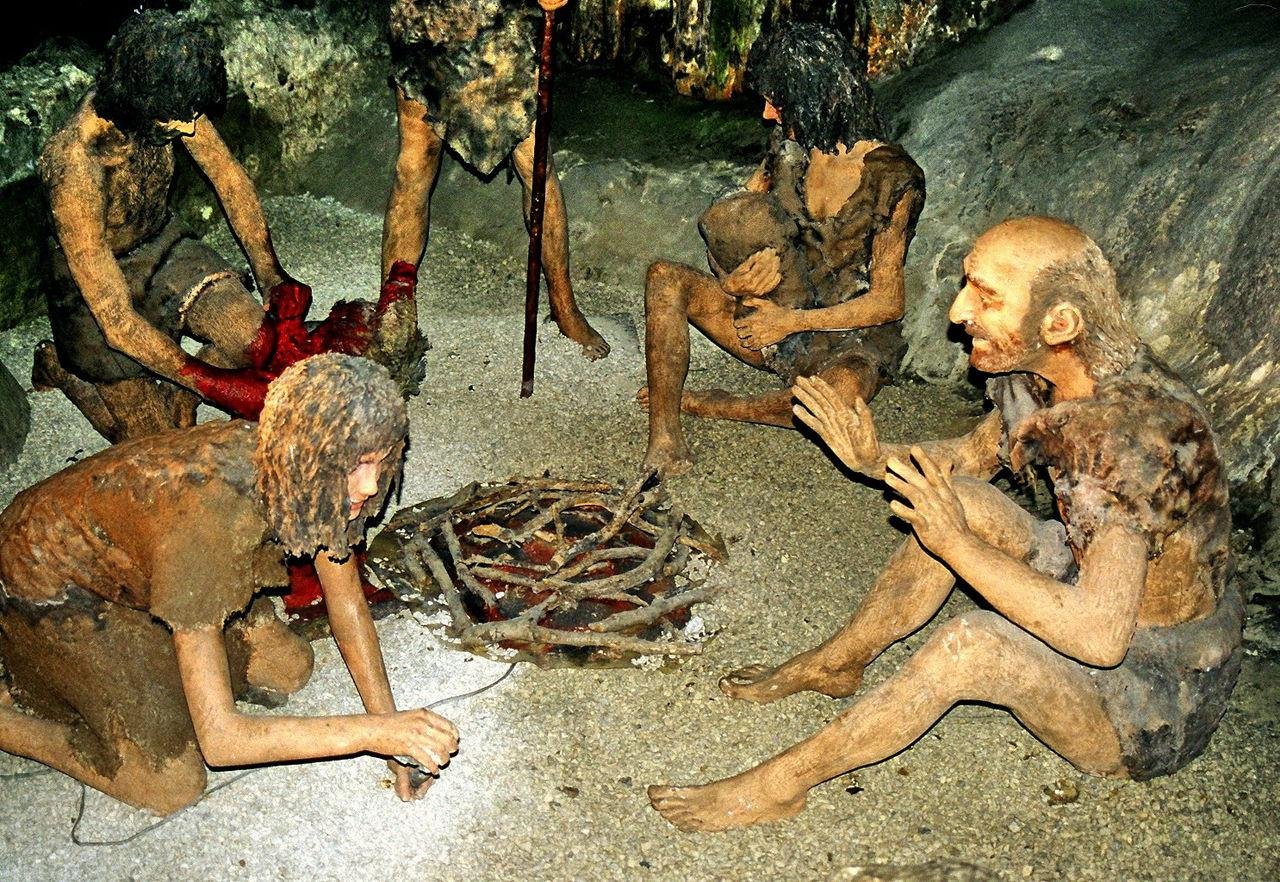
While previous research suggested that Homo sapiens first interbred with Neanderthals in Eurasia around 75,000 years ago, a new analysis published in the journal Current Biology proposes that it occurred approximately 250,000 years ago.
A team of geneticists, led by researchers from the University of Pennsylvania’s Perelman School of Medicine, conducted this extensive research that challenges the prior timeline. The study suggests that interbreeding between Neanderthals and early humans took place in Eurasia, and the human DNA detected in Neanderthal genomes originated from these ancient encounters that occurred over a quarter of a million years ago.
“This group of individuals left Africa between 250,000 and 270,000 years ago. They were sort of the cousins to all humans alive today, and they were much more like us than Neanderthals,” stated Alexander Platt, a research scientist at the Perelman School of Medicine and one of the study’s first authors.
To reach these conclusions, the researchers employed a comprehensive approach. They analyzed the genomes of 180 individuals from 12 different populations in sub-Saharan Africa, including Cameroon, Botswana, Ethiopia, and Tanzania. By comparing these modern human genomes to a Neanderthal genome from Siberia, approximately 122,000 years old, they developed a novel statistical method to determine the origins of the Neanderthal-like DNA in modern human populations.
The results were astonishing. The researchers discovered that all sub-Saharan populations examined contained Neanderthal DNA, primarily from this interbreeding event 250,000 years ago. In some specific sub-Saharan populations, up to 1.5% of their genomes were comprised of Neanderthal DNA, inherited when humans with Neanderthal genes migrated back to Africa.
Notably, the study revealed that most of the Neanderthal DNA found in human genomes resided in noncoding regions, indicating that human genes were selected against during Neanderthal evolution. This trend of genetic incompatibility between the two species was also observed in modern humans, where natural selection has been gradually removing Neanderthal genes from the population.
This evidence suggests that, while interbreeding between Neanderthals and early humans was possible, it resulted in hybrids that were less fit for survival, pushing these two groups further toward becoming distinct species.
The study’s senior author, Sarah Tishkoff, emphasized the significance of this research, suggesting that it opens new avenues for exploring human evolution and understanding the genetic reference of a population that had been missing from the genomic and fossil records. The study offers a unique lens to examine early human evolution in Africa.
This study suggests that genetic mixing occurred much earlier than previously thought, and it highlights the complexity of the relationship between these two distinct hominid species. This study’s findings open new avenues for exploring human evolution by identifying a genetic reference from a population that was previously missing from the genomic and fossil records.




